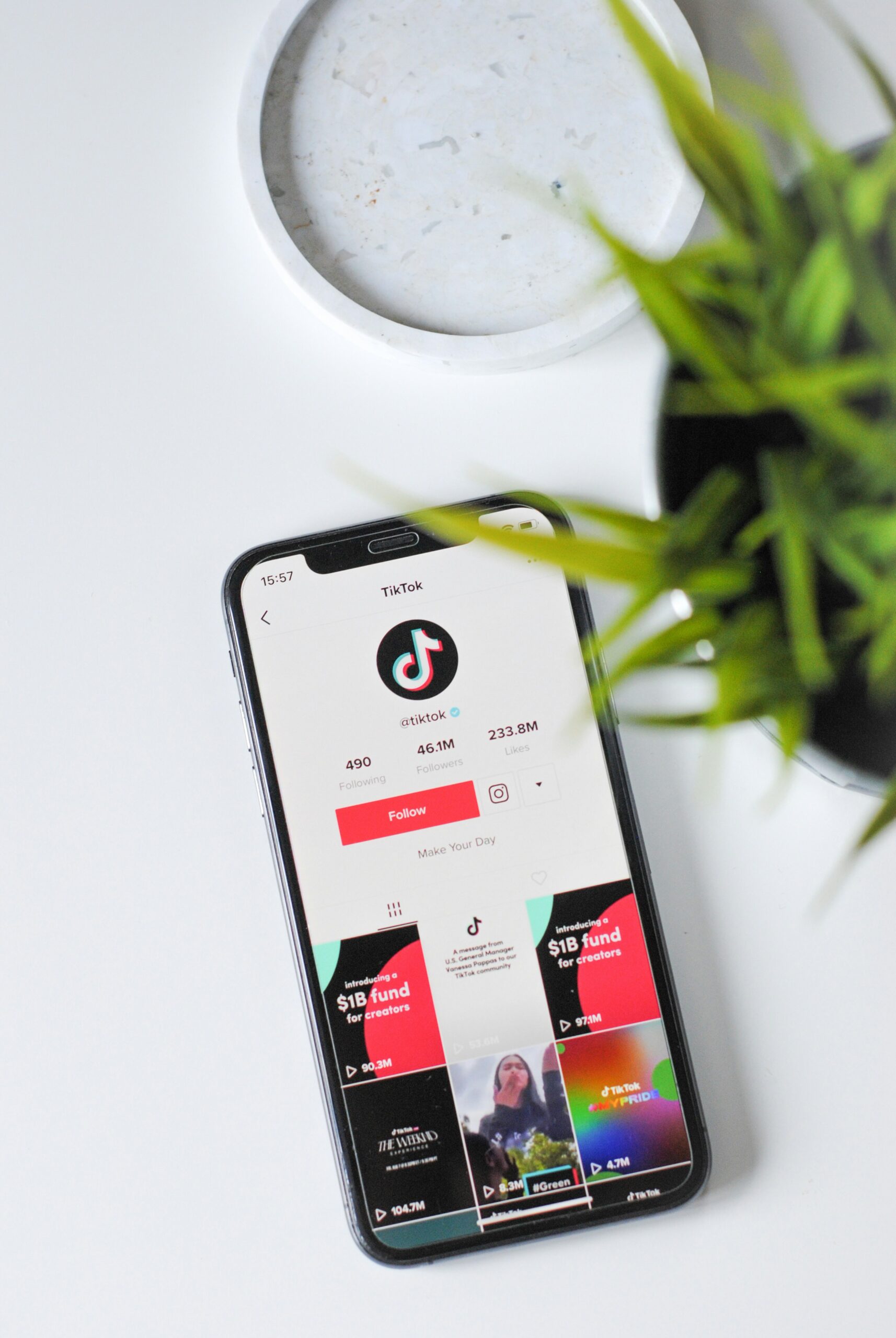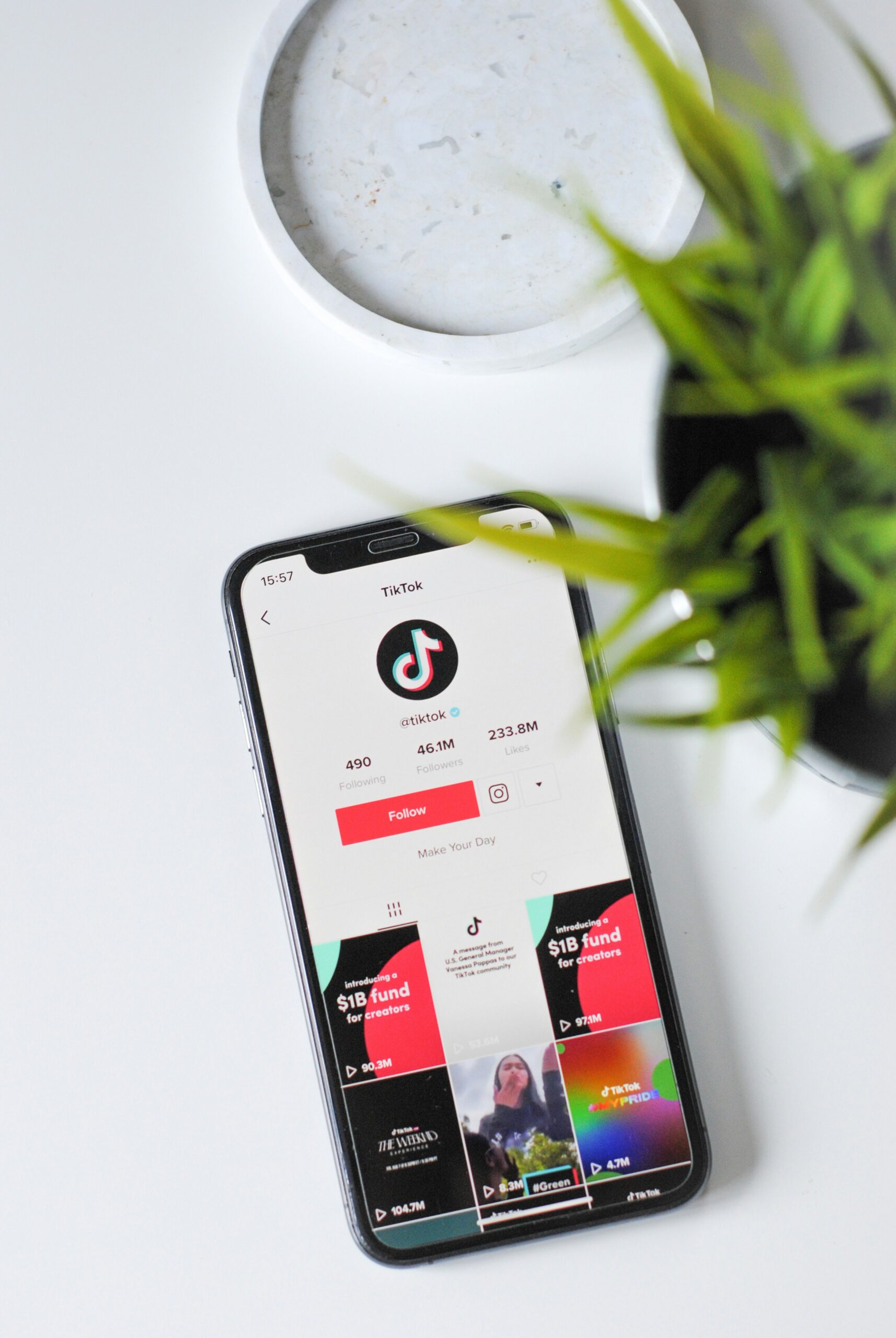
Maximizing ROI with Facebook Ad Campaigns
Introduction to Facebook Ad Campaigns
In the contemporary digital marketing landscape, Facebook Ad Campaigns have emerged as a pivotal tool for businesses aiming to enhance their online presence and drive engagement. With over 2.8 billion monthly active users as of 2021, Facebook represents a substantial advertising platform that offers businesses an unparalleled opportunity to reach a vast and diverse audience. This extensive user base allows companies, ranging from small startups to large enterprises, to leverage Facebook ads to significantly expand their market reach.
The growing popularity of Facebook as an advertising medium can be attributed to its sophisticated targeting capabilities. Businesses can design ad campaigns that are precisely tailored to demographics, interests, and behaviors, ensuring that their marketing efforts are directed toward the most relevant potential customers. This precision targeting not only increases the effectiveness of the ads but also optimizes advertising budgets by minimizing wastage on uninterested audiences.
When executed with strategic planning and creativity, Facebook Ad Campaigns can yield substantial returns on investment (ROI). The platform’s robust analytics tools provide advertisers with real-time insights into ad performance, enabling continuous optimization and adjustment. This ability to fine-tune campaigns based on data-driven insights ensures that marketing dollars are spent efficiently, maximizing the potential ROI.
Moreover, Facebook offers a variety of ad formats, including photo ads, video ads, carousel ads, and more, allowing businesses to choose the most effective medium to convey their message. The platform’s integration with other Facebook-owned services, such as Instagram and Messenger, further amplifies the reach and impact of the campaigns.
In summary, the strategic use of Facebook Ad Campaigns presents a compelling opportunity for businesses to boost their marketing efforts, engage with a larger audience, and achieve a high return on investment. As the digital marketing landscape continues to evolve, harnessing the power of Facebook ads remains an essential strategy for businesses aiming to stay competitive and grow their brand presence online.
Setting Clear Objectives
Before embarking on a Facebook Ad Campaign, it is imperative to establish clear, measurable objectives. These objectives serve as the foundation of your campaign, guiding every decision from design to targeting. Each objective aligns with different business outcomes, ensuring that your advertising efforts are not only effective but also efficient.
One critical objective could be brand awareness. For businesses looking to increase their visibility, the goal is to reach as many people as possible within their target audience. This objective influences the design of the ad, often favoring visually engaging content that captures attention quickly. The targeting strategy in this scenario would focus on broad demographics and interests to maximize reach.
Another common objective is lead generation. This is particularly relevant for businesses that operate on a sales funnel model, where capturing potential customer information is crucial. Ads designed for lead generation typically include compelling calls-to-action and lead forms that are easy to fill out. The targeting here would be more refined, focusing on users who have shown interest in similar products or services.
For businesses aiming at direct sales, the objective is to drive immediate purchases. This goal affects both the ad design and the targeting strategy. Ads will often highlight special offers, discounts, or limited-time deals to create a sense of urgency. The targeting will be highly specific, aimed at users with a demonstrated history of purchasing similar items or those who have already interacted with the brand.
Consider a clothing retailer, for example. If their objective is brand awareness, they might run a campaign showcasing their new summer collection to a broad audience. If their aim is lead generation, they might offer a discount code in exchange for signing up for their newsletter. However, if their goal is direct sales, the ad might feature a limited-time sale on popular items, targeting previous customers or users who have shown interest in similar products.
In conclusion, setting clear objectives is not just a preliminary step but a crucial element that shapes the entire Facebook Ad Campaign. By aligning your campaign goals with your business outcomes, you ensure that your advertising efforts are strategically directed towards achieving maximum ROI.
Audience Targeting Strategies
Facebook offers a diverse range of audience targeting options that advertisers can leverage to maximize their return on investment (ROI). The primary methods include demographic targeting, interest-based targeting, and behavioral targeting. Each of these options allows advertisers to narrow down their audience to ensure their ads are shown to the most relevant users.
Demographic targeting enables advertisers to target users based on age, gender, education, relationship status, and other demographic factors. This form of targeting is particularly useful for businesses with products or services that cater to specific demographic groups. For instance, a brand selling luxury watches might target an audience aged 30-50 with a higher income level.
Interest-based targeting allows advertisers to reach users based on their interests, hobbies, and pages they have liked. This is beneficial for businesses that want to attract users who have shown interest in related topics or competitors. For example, a fitness apparel company can target users interested in fitness, health, and wellness.
Behavioral targeting focuses on users’ online behaviors, such as purchase history, device usage, and activities on the platform. This method helps in reaching users who are more likely to engage with the ad based on their past behavior. For instance, a travel agency might target users who have recently searched for flights or hotels.
Additionally, Facebook’s Custom Audiences and Lookalike Audiences offer advanced targeting options. Custom Audiences allow advertisers to upload their customer data, such as email lists, to target existing customers directly. This is effective for re-engagement campaigns and upselling. Lookalike Audiences, on the other hand, enable businesses to reach new potential customers who share similar characteristics with their existing customers, thereby expanding their reach while maintaining relevance.
To maximize ad relevance and ROI, it is crucial to continually refine audience segments. Regularly analyzing performance data and adjusting targeting parameters can help in identifying the most responsive audiences. By combining these targeting strategies, advertisers can create highly personalized and effective Facebook ad campaigns that drive higher engagement and ROI.
Crafting Compelling Ad Creatives
Creating compelling ad creatives is pivotal in maximizing your ROI with Facebook ad campaigns. The foundation of an effective ad creative lies in its ability to capture the audience’s attention quickly and convey a clear, persuasive message. Eye-catching visuals are essential; they should be high-quality, relevant, and resonate with the target audience. Use vibrant colors, striking imagery, and consistent branding to ensure your ad stands out in a crowded news feed.
Equally important is the ad copy. It should be concise, engaging, and align with the visual elements. Start with a strong headline that hooks the viewer, followed by persuasive body text that highlights the benefits of your product or service. Use language that speaks directly to your audience’s needs and emotions, and include a clear and compelling call to action (CTA). Whether it’s “Shop Now,” “Learn More,” or “Sign Up,” the CTA should guide the audience towards the desired action.
Facebook offers various ad formats to suit different campaign objectives. Image ads are straightforward and effective for showcasing products or services. Video ads, on the other hand, offer dynamic storytelling opportunities and tend to generate higher engagement. Carousel ads allow you to display multiple images or videos within a single ad, ideal for highlighting different features or a range of products. Collection ads combine images, videos, and a product catalog, creating an immersive shopping experience directly within the Facebook platform.
Best practices for creating ads that drive engagement include testing different creative elements to see what resonates best with your audience. A/B testing can help you identify the most effective visuals, copy, and CTAs. Additionally, keep your ads fresh by updating creatives regularly to avoid ad fatigue. Ensure that your ads are mobile-optimized, as a significant portion of Facebook users access the platform via mobile devices. Lastly, leverage Facebook’s targeting options to ensure your ads are reaching the most relevant audience, further enhancing the potential for engagement and conversions.
Budgeting and Bidding Strategies
When it comes to maximizing ROI with Facebook Ad Campaigns, one of the most critical aspects is setting an appropriate budget and choosing the right bidding strategy. The first step in this process is to determine your campaign goals, which will significantly influence your budget and bidding choices. Whether your objective is to increase brand awareness, generate leads, or drive conversions, your budget should align with the desired outcome.
Facebook offers several bidding strategies, each tailored to different campaign goals. The three primary options are cost-per-click (CPC), cost-per-impression (CPM), and cost-per-action (CPA). CPC is ideal if your goal is to drive traffic to your website, as you only pay when someone clicks on your ad. CPM is suitable for campaigns aimed at increasing brand visibility, as you pay for every 1,000 impressions your ad receives. CPA, on the other hand, is best for conversion-focused campaigns, where you pay when a user completes a specific action, such as making a purchase or filling out a form.
To determine an appropriate budget, start by defining your campaign duration and the total amount you are willing to spend. Divide this total by the number of days your campaign will run to establish a daily budget. It’s crucial to monitor your ad performance consistently and be prepared to adjust your budget based on the results. For instance, if a particular ad set is generating a high ROI, you may want to allocate more funds to that set.
Adjusting your bids is another essential aspect of optimizing for ROI. Facebook allows you to set manual bids or use automated bidding options. Manual bidding gives you more control, allowing you to specify the maximum amount you are willing to pay for a click, impression, or action. However, automated bidding can be highly effective for beginners or those looking to save time. Facebook’s algorithm adjusts your bids in real-time, optimizing for the best possible outcomes based on your campaign goals.
Incorporating these budgeting and bidding strategies into your Facebook Ad Campaigns can significantly enhance your ROI. By carefully selecting the right bidding strategy, setting a realistic budget, and leveraging Facebook’s automated bidding options, you can ensure your advertising dollars are spent effectively, leading to better campaign performance and higher returns.
Monitoring and Analyzing Performance
Monitoring and analyzing the performance of Facebook Ad Campaigns is essential for maximizing return on investment (ROI). By tracking key performance indicators (KPIs), businesses can assess the effectiveness of their advertising strategies and make data-driven decisions. Some of the most crucial KPIs to consider include click-through rate (CTR), conversion rate, and return on ad spend (ROAS).
Click-through rate (CTR) measures the percentage of users who click on an ad after seeing it. A high CTR indicates that the ad content is engaging and relevant to the target audience. Conversely, a low CTR may suggest the need for creative adjustments or more precise targeting.
Conversion rate is another vital KPI, representing the percentage of users who complete a desired action, such as making a purchase or signing up for a newsletter, after clicking on an ad. A high conversion rate signifies that the landing page and overall user experience are effective in driving desired outcomes.
Return on ad spend (ROAS) calculates the revenue generated for every dollar spent on advertising. This metric provides a clear picture of the financial effectiveness of ad campaigns. A positive ROAS indicates a profitable campaign, while a negative ROAS calls for a reassessment of the ad strategy.
Facebook Ads Manager is a powerful tool for tracking these KPIs and gathering valuable data. It offers detailed insights into ad performance, audience demographics, and behavior patterns. By using Ads Manager, businesses can monitor the performance of their campaigns in real-time and adjust their strategies accordingly.
In addition to Facebook Ads Manager, third-party analytics tools such as Google Analytics can provide a more comprehensive view of ad performance. These tools can track user behavior across multiple platforms, offering deeper insights into how Facebook Ads contribute to overall marketing goals.
By consistently monitoring and analyzing performance through these methods, businesses can optimize their Facebook Ad Campaigns, ensuring they achieve the highest possible ROI.
Optimizing Campaigns for Better Results
Optimizing Facebook Ad Campaigns is pivotal for maximizing return on investment (ROI). To achieve this, it’s essential to continuously monitor performance data and make informed adjustments. One effective method is A/B testing, which involves experimenting with different elements of your ads to see what works best with your audience. This can include variations in headlines, images, and calls to action (CTAs). By comparing these elements, you can identify the most effective combinations that drive engagement and conversions.
Start with A/B testing by creating multiple versions of your ad with slight variations. For instance, you might test two different headlines while keeping the rest of the ad identical. After a sufficient period, analyze which headline generates more clicks or conversions. Then, move on to testing other elements, like images or CTAs, using the winning headline. This iterative process helps refine your ads based on concrete data, ensuring that each element resonates well with your target audience.
Beyond A/B testing, making data-driven adjustments to targeting is crucial. Facebook provides detailed insights into audience demographics and behaviors, which can guide your targeting strategy. If your data shows that a particular age group or interest segment is performing better, consider reallocating your budget to focus more on that segment. Additionally, regularly updating your audience targeting based on these insights can prevent ad fatigue and maintain high engagement rates.
Ad creatives also play a significant role in campaign success. Fresh, compelling visuals and persuasive copy are essential to capture audience attention. Use performance data to identify which creatives are underperforming and replace them with new, innovative designs. Furthermore, refining your bidding strategy based on campaign goals can also enhance ROI. Whether you choose cost-per-click (CPC) or cost-per-impression (CPM), aligning your bidding strategy with your objectives and performance data ensures efficient budget utilization.
By systematically optimizing your Facebook Ad Campaigns through A/B testing, data-driven targeting, and strategic adjustments in creatives and bids, you can significantly improve your ROI. Continual refinement and responsiveness to performance data are the keys to sustaining and enhancing your campaign’s effectiveness.
Case Studies and Success Stories
Real-world examples underscore the effectiveness of Facebook Ad Campaigns in maximizing ROI across diverse industries. One notable case is that of a burgeoning e-commerce business specializing in sustainable fashion. By leveraging Facebook’s robust targeting capabilities, they identified and engaged a niche audience interested in eco-friendly apparel. Their strategy included a mix of carousel ads showcasing products and video ads highlighting their sustainability efforts. Through A/B testing of ad creatives and constant optimization, they saw a 300% increase in return on ad spend (ROAS) within six months.
In the technology sector, a SaaS company aimed to increase subscription rates for its project management software. They utilized Facebook’s lookalike audiences to reach potential customers who resembled their best-performing users. Complementing this with retargeting ads targeting website visitors who hadn’t yet converted, they employed dynamic ads to personalize the user experience. This approach resulted in a 40% increase in conversions and a significant reduction in customer acquisition cost (CAC).
The healthcare industry also offers compelling success stories. A private clinic specializing in cosmetic procedures wanted to attract new clients. They employed Facebook’s lead generation ads to collect potential clients’ contact information, offering free consultations as an incentive. By creating engaging, informative content and using precise geographic targeting, they achieved a 50% boost in appointment bookings within three months. This strategy not only maximized their ad spend but also built a substantial client database for future campaigns.
From these case studies, several key lessons emerge. First, precise audience targeting is crucial for maximizing ROI with Facebook Ad Campaigns. Second, continuous optimization through A/B testing and performance analysis can substantially enhance campaign effectiveness. Lastly, integrating various ad formats and leveraging Facebook’s dynamic ads can personalize user experiences, driving higher engagement and conversions.
By applying these strategies, businesses across industries can harness the full potential of Facebook Ad Campaigns to achieve remarkable ROI.
Conclusion and Next Steps
In navigating the complex landscape of Facebook Ad Campaigns, a strategic approach is paramount to maximizing return on investment (ROI). Throughout this blog post, we have explored several critical elements that contribute to successful campaigns. From identifying and understanding your target audience to crafting compelling ad creatives and continuously monitoring performance, each step plays a crucial role in optimizing your ad spend.
Implementing these strategies requires a thorough understanding of your business goals and the behaviors of your target audience. Effective audience segmentation, precise targeting, and the utilization of Facebook’s robust analytics tools are essential in gaining insights and making data-driven decisions. Moreover, the importance of A/B testing cannot be overstated, as it allows you to refine your ads and improve their effectiveness continually.
It is also crucial to allocate your budget wisely, ensuring that you are investing in campaigns that yield the highest ROI. Leveraging Facebook’s various ad formats and placements can help you reach your audience more efficiently and achieve your objectives. Additionally, staying updated with Facebook’s ever-evolving features and algorithms will keep your campaigns relevant and competitive.
We encourage you to apply the tips and strategies discussed to your own Facebook Ad Campaigns to see tangible improvements in performance. For further learning, consider exploring Facebook’s Blueprint courses, which offer in-depth training on various aspects of advertising on the platform. Additionally, tools such as Facebook Ads Manager and third-party analytics platforms can provide valuable insights and enhance your campaign optimization efforts.
We invite you to share your experiences and any questions you may have in the comments section below. Engaging with fellow readers can provide new perspectives and ideas that can further enhance your advertising strategy. By continually refining your approach and staying informed, you can maximize your ROI and achieve sustained success with your Facebook Ad Campaigns.


